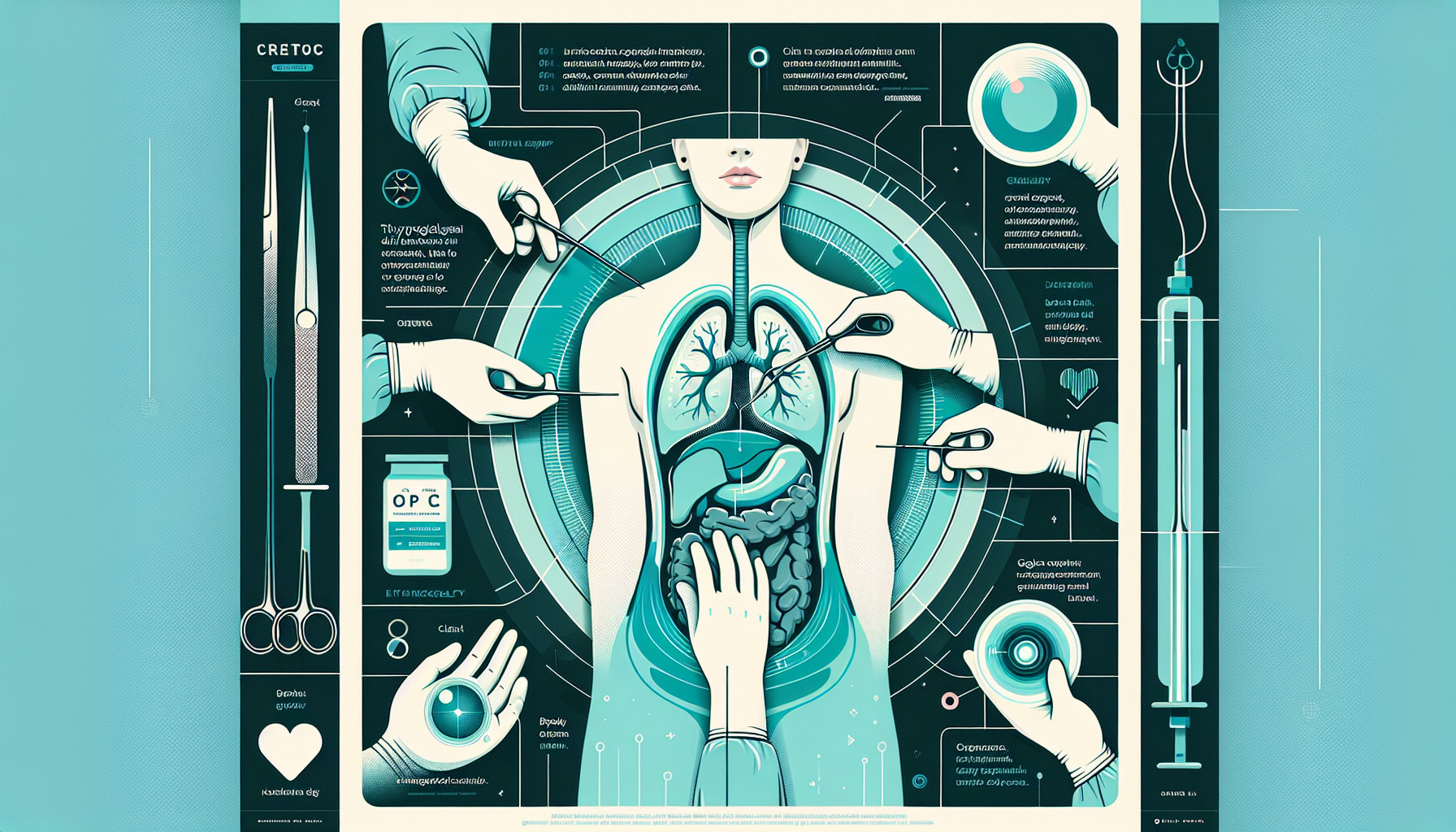Our Summary
This study looked at how well a type of surgery, called transoral robotic surgery (TORS), worked in treating a specific type of cyst, known as lingual thyroglossal duct cyst (LTGDC). The surgery was performed on 10 patients, both men and women, aged between 5 and 44, at Tongji Hospital in China between 2017 and 2020.
The surgery involved using a robot to remove the cysts through the mouth. The cysts were completely exposed, and the operation usually started from the head side of the cysts. The area removed was 3 to 5 mm away from the cysts, and part of the hyoid bone (a bone in the throat) was removed if necessary.
The researchers looked at the time it took to set up the robot, how long the operation took, how much blood was lost during the operation, and how long it took for patients to be able to eat and drink normally afterwards.
The results showed that all 10 patients had their cysts successfully removed by the robot. The average time it took to set up the robot and perform the surgery, the amount of blood lost during the operation, and the time it took for patients to eat and drink normally afterwards were all acceptable.
No patient needed a tracheostomy (a hole in the windpipe to assist with breathing) either during or after the operation, and there were no symptoms of airway blockage, bleeding, pharyngeal fistula (a hole in the throat), hoarseness or nerve damage after the operation.
The patients were followed up for between 5 and 47 months, with an average follow-up time of 17 months, and there were no cases of the cysts returning.
In conclusion, the study found that this type of surgery is safe and effective for removing these types of cysts, with a quick recovery time and a low chance of the cysts returning.
FAQs
- What is transoral robotic surgery (TORS) and how is it used in the treatment of lingual thyroglossal duct cyst (LTGDC)?
- What were the results and findings from the study on TORS in the treatment of LTGDC conducted at Tongji Hospital?
- What was the average recovery time for oral intake following TORS for LTGDC, and were there any complications or recurrence observed in the patients post-surgery?
Doctor’s Tip
A helpful tip a doctor might tell a patient about thyroglossal duct cyst removal is to follow post-operative care instructions carefully to ensure a smooth recovery. This may include avoiding strenuous activities, keeping the surgical site clean and dry, taking prescribed medications as directed, and attending follow-up appointments as scheduled. It is also important to report any unusual symptoms or complications to your healthcare provider promptly. By following these guidelines, you can help promote healing and reduce the risk of complications after surgery.
Suitable For
Patients with lingual thyroglossal duct cysts who are suitable candidates for transoral robotic surgery (TORS) include those who are experiencing symptoms such as difficulty swallowing, a visible or palpable mass in the neck or tongue, recurrent infections or inflammation of the cyst, or aesthetic concerns. Additionally, patients who have failed conservative management or have a cyst that is increasing in size may also be recommended for surgical removal. It is important for patients to undergo a thorough evaluation by a multidisciplinary team, including an otolaryngologist and a head and neck surgeon, to determine the best treatment approach for their specific case.
Timeline
Before thyroglossal duct cyst removal:
- Patient may experience symptoms such as a painless lump in the neck, difficulty swallowing, difficulty breathing, and/or recurrent infections in the neck area.
- Patient may undergo imaging tests such as ultrasound or CT scan to confirm the presence of the cyst.
- Patient may consult with an otolaryngologist or head and neck surgeon to discuss treatment options, including surgery.
After thyroglossal duct cyst removal:
- Patient undergoes transoral robotic surgery (TORS) to remove the cyst.
- The cyst is successfully resected using the da Vinci Si surgical system, with no complications such as airway obstruction, bleeding, or neurological impairment.
- Patient experiences a rapid recovery, with a short recovery time for oral intake.
- Patient is followed up for several months to monitor for any signs of recurrence, with no recurrence observed in the study.
What to Ask Your Doctor
Some questions a patient should ask their doctor about thyroglossal duct cyst removal may include:
- What is the specific location and size of my thyroglossal duct cyst?
- What are the potential risks and complications associated with the removal surgery?
- What is the expected recovery time and post-operative care plan?
- Will I need any special follow-up appointments or tests after the surgery?
- What is the likelihood of the cyst recurring after removal?
- Are there any alternative treatment options available for my condition?
- How experienced are you in performing transoral robotic surgery for thyroglossal duct cyst removal?
- Can you explain the specific steps involved in the surgery and how it will be performed?
- How soon after the surgery can I resume normal activities and return to work/school?
- Are there any dietary restrictions or precautions I should take before or after the surgery?
Reference
Authors: Cai LJ, Xu K, Wang ZB, Chu HQ, Cui YH, Lu X, Liu Z. Journal: Zhonghua Er Bi Yan Hou Tou Jing Wai Ke Za Zhi. 2022 May 7;57(5):572-577. doi: 10.3760/cma.j.cn115330-20210801-00508. PMID: 35610675
